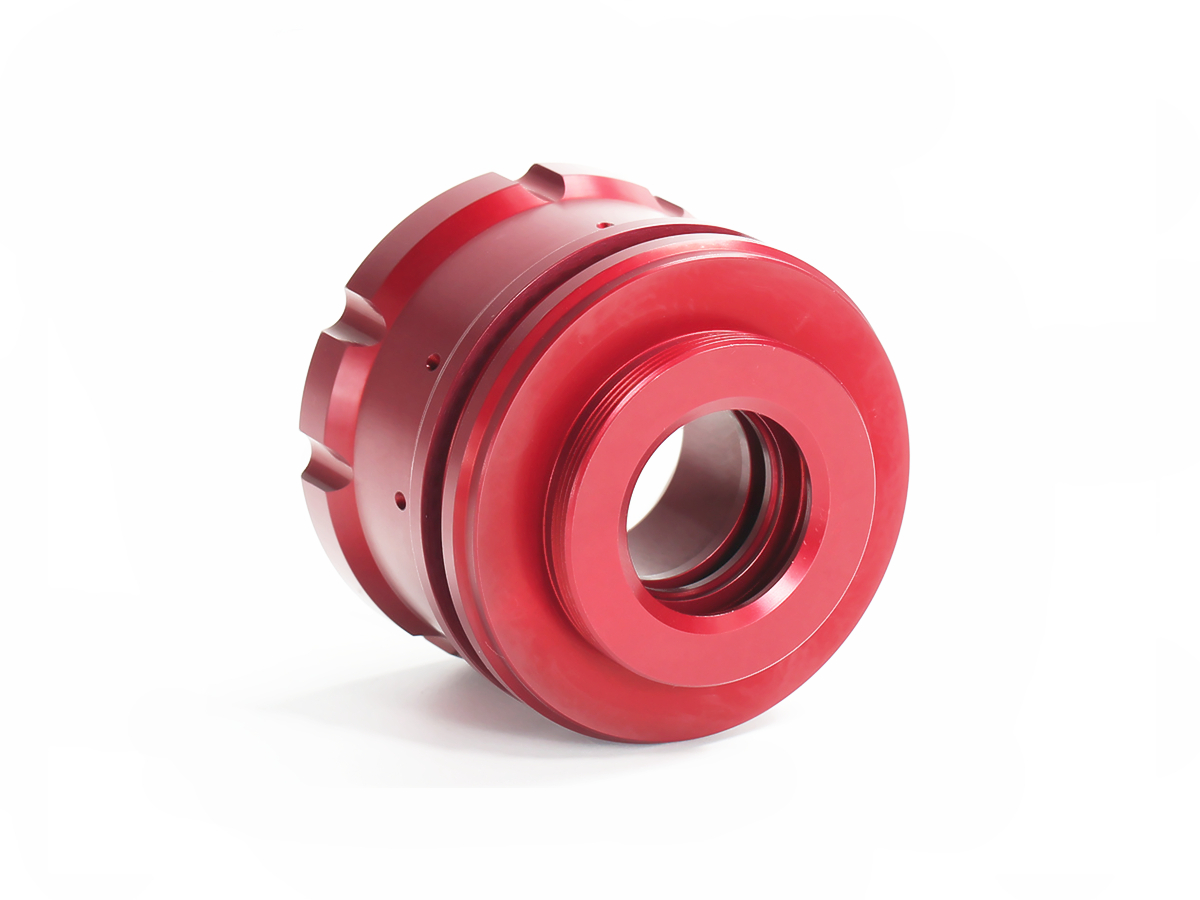Precision CNC Machining for Robotics Actuators and Control Components
Introduction to CNC Machined Actuators and Control Components
Robotic actuators and control components are critical for precise motion, stability, and overall performance in advanced robotic systems. These components must reliably manage dynamic loads, deliver consistent motion accuracy, and offer dependable operation in challenging environments. Precision CNC machining ensures these parts achieve tight dimensional tolerances, superior surface finishes, and excellent mechanical properties. Common materials used include aluminum alloys (6061, 7075), stainless steels (SUS304, SUS316), titanium alloys (Ti-6Al-4V), and engineering plastics (PEEK, Delrin).
By leveraging professional CNC machining services, manufacturers produce actuators and control components precisely tailored to meet demanding robotics application requirements.
Material Performance Comparison for CNC Machined Actuators
Material | Tensile Strength (MPa) | Density (g/cm³) | Corrosion Resistance | Typical Applications | Advantage |
|---|---|---|---|---|---|
310-345 | 2.70 | Good | Actuator housings, brackets | Lightweight, good machinability | |
950-1100 | 4.43 | Excellent | High-load actuators, joints | High strength-to-weight ratio | |
505-620 | 8.00 | Excellent | Precision shafts, sensor housings | Superior corrosion resistance | |
90-100 | 1.32 | Outstanding | Gears, bushings, insulating parts | Excellent wear resistance, thermal stability |
Material Selection Strategy for CNC Machined Actuator Components
Choosing the correct materials for robotics actuators and control components involves considering mechanical strength, weight reduction, corrosion resistance, and thermal stability:
Aluminum 6061-T6 is excellent for lightweight actuator housings, brackets, and low-load structural components, providing good strength (345 MPa tensile) and machinability.
Titanium Ti-6Al-4V suits demanding actuator applications requiring high mechanical strength (up to 1100 MPa), lightweight construction, and excellent corrosion resistance, which are beneficial in aerospace and robotic arms.
Stainless Steel SUS304 is ideal for precision components such as actuator shafts and sensor housings, offering superior corrosion resistance and durability, particularly in medical or industrial automation.
PEEK provides excellent thermal resistance, wear resistance, and low friction, making it ideal for gears, bushings, and insulation components in actuators and high-performance control systems.
CNC Machining Processes for Robotics Actuator Parts
CNC Machining Process | Dimensional Accuracy (mm) | Surface Roughness (Ra μm) | Typical Applications | Key Advantages |
|---|---|---|---|---|
±0.005-0.02 | 0.4-1.6 | Actuator housings, frames | High accuracy, versatile geometries | |
±0.005-0.01 | 0.4-1.2 | Shafts, rotational components | Superior rotational precision | |
±0.005-0.01 | 0.2-0.8 | Complex joints, actuator mechanisms | Exceptional precision, complex shapes | |
±0.002-0.005 | 0.1-0.4 | Precision gears, bearing surfaces | Ultra-high precision, superior finishes |
CNC Process Selection Strategy for Actuator Manufacturing
Selecting the right CNC machining process for robotics actuators and control components ensures precision, reliability, and functionality:
Precision CNC Milling effectively produces actuator housings and structural components with tolerances ±0.005–0.02 mm, suitable for medium complexity designs.
CNC Turning is ideal for shafts and rotational elements, providing high accuracy (±0.005 mm), essential for actuator movement accuracy.
5 Axis CNC Milling is used for complex actuator joints and internal mechanisms requiring tight tolerances (±0.005 mm) and precise control over intricate geometries.
CNC Grinding ensures ultra-precise dimensions (±0.002–0.005 mm) and superior surface quality (Ra ≤0.4 µm) for gears, bearing surfaces, and precision mating parts.
Surface Treatment Performance Comparison for CNC Machined Actuator Components
Treatment Method | Surface Roughness (Ra μm) | Wear Resistance | Corrosion Resistance | Surface Hardness | Typical Applications | Key Features |
|---|---|---|---|---|---|---|
0.4-1.0 | Excellent | Excellent (>1000 hrs ASTM B117) | HV 400-600 | Aluminum actuator housings | High durability, corrosion protection | |
0.2-0.5 | Outstanding | Excellent (>1000 hrs ASTM B117) | HV 1500-2500 | High-load actuator parts | Superior hardness, low friction | |
0.8-1.6 | Moderate | Excellent (>1000 hrs ASTM B117) | Unchanged | Stainless steel actuator components | Enhanced corrosion resistance | |
0.2-0.8 | Good | Excellent (>500 hrs ASTM B117) | Unchanged | Medical robotic parts, precise surfaces | Smooth surface, corrosion protection |
Surface Treatment Selection for Actuator Applications
Selecting suitable surface treatments improves actuator component performance and extends their operational life:
Hard Anodizing significantly improves surface hardness (HV 400-600) and corrosion resistance for aluminum actuator components operating in demanding environments.
PVD Coating provides high hardness (HV 1500-2500) and low friction surfaces, ideal for critical actuator components subject to high wear and friction.
Passivation ensures stainless steel components in actuators maintain excellent corrosion resistance, beneficial for hygienic and corrosion-sensitive environments.
Electropolishing delivers smooth surface finishes (Ra ≤0.8 µm), enhancing corrosion resistance and operational reliability for precise actuator components.
Typical Prototyping Methods for Actuator Components
CNC Machining Prototyping: Produces high-precision actuator prototypes with dimensional accuracy ±0.005 mm, ideal for verifying performance and assembly before full-scale production.
Metal 3D Printing (Powder Bed Fusion): Rapidly creates complex geometries for actuator components, providing prototyping accuracy within ±0.05 mm, facilitating quick design validation and functional tests.
Quality Assurance Procedures
Coordinate Measuring Machine (CMM) Inspection: Dimensional tolerance verification ±0.005 mm.
Surface Roughness Measurement (Profilometer): Ensuring adherence to surface finish standards.
Mechanical and Fatigue Testing (ASTM E8, E466): Evaluating structural integrity and endurance.
Non-destructive Testing (Ultrasonic, Radiographic): Ensuring internal integrity of critical components.
ISO 9001 Documentation: Ensuring full traceability and process compliance.
Industry Applications
High-precision robotic actuators.
Aerospace control mechanisms.
Medical robotic control systems.
Related FAQs:
What materials are suitable for CNC machined robotic actuators?
How does CNC machining ensure precision in robotic actuators?
Which surface treatments enhance actuator reliability?
Why is prototyping important in actuator manufacturing?
What quality assurance standards apply to actuator components?

